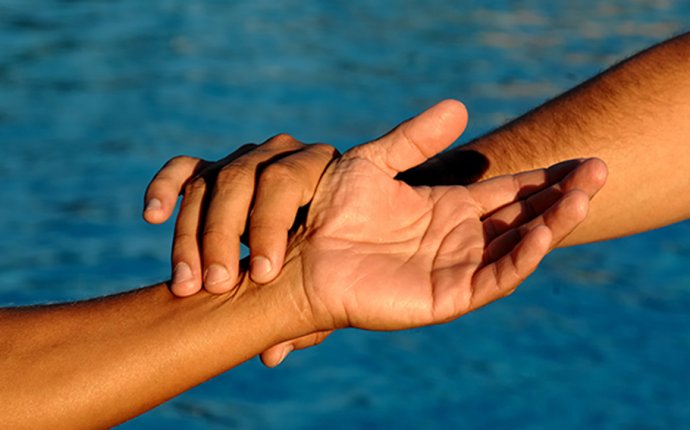
Pulse Reading Ayurveda
Your pulse is the signal of life in your body. All activity in the body and mind is directed by the fluctuation that is your heartbeat, and it’s the flow of blood from that pulse that nourishes, cleanses, and informs every one of your cells. Although modern medicine uses the pulse as a basic marker of health, Western thought is that the pumping of blood is dictated by an involuntary electric impulse coming from the heart. In other words, this marvel of efficiency that supports our very existence is largely seen as electro-mechanical.
In Ayurvedic science, the heart is thought to be the true home of your higher consciousness, or soul. This view of the heart is a little more comforting … and revealing. The heart carries your personal vibration, which is way more than just a dance of biological activity. The pulse caused by this ebb and flow is in fact the rhythm of consciousness in your body. For centuries, Ayurvedic doctors have been able to ascertain detailed information about a person’s mental and physical states from the pulse based on this concept. As such, pulse reading, or Nadi Pariksha, is one of the most fascinating aspects of this healing system.
The pulse rate and general circulation is primarily attributed to Vyana Vayu, a subdosha of Vata. Since Vata is a doshic combination of the elements air and space, it has within it the source of electric energy (air). In this way, Allopathic (Western) and Ayurvedic medicine are in agreement as to the nature of the heart’s activities: Bioelectrical impulse and functional integrity are responsible for the heart and circulatory system of the body. However, the applications of this understanding can vary greatly between these medical fields.
It takes a lot of training and time for an Ayurvedic doctor to interpret the wealth of messages hidden within the body’s pulse, and there are many systems to pulse reading. Like most things in Ayurveda though, there are some basic concepts that are accessible to all.
To take your pulse, gently put your right arm out in front of you in a comfortable position, palm facing you, and wrap your left hand around your wrist so that your fingers fall about an inch away from the bottom of your right thumb. Ladies, your primary pulse will be on your left wrist, so do the opposite placing your right fingers below your left thumb. The goal here is to feel the pulse without much pressure. Keeping the little finger raised, the remaining three fingers should be close together and aligned—they act as your pulse sensors.
Each finger corresponds to a specific dosha—the index finger to Vata, the middle finger to Pitta, and the ring finger to Kapha. This is the first stage of reading your own pulse. Feel for the location of the force within the pulse. Which finger feels it the strongest? If properly done, this should correspond with your Prakruti dosha. In order to determine your Vikruti, or current state of doshic imbalance, simply press down a little bit on the artery with all three fingers. As you lift up notice which finger receives the initial strongest "kickback." For instance, if you feel it strongest under your middle finger, that indicates a stronger Pitta presence.
For a more detailed reading of your pulse, take this a step further. True to Ayurveda’s emphasis on nature, this technique uses animals to help commit the reading to memory. The hands are positioned the same and the fingers are still going to indicate Vata, Pitta, and Kapha respectively. This time, however, you should feel for what kind of animal the movement reminds you of. This might take some getting used to, but if your pulse moves in a slithering motion, like a snake or worm, it’s a Vata pulse. If it jumps like a frog or crow does along the ground then it’s a Pitta pulse. And if it’s a deep sweeping, steady pulse, like a graceful swan as it glides on the water, then it’s displaying Kapha properties. Use the chart below as your guide.














